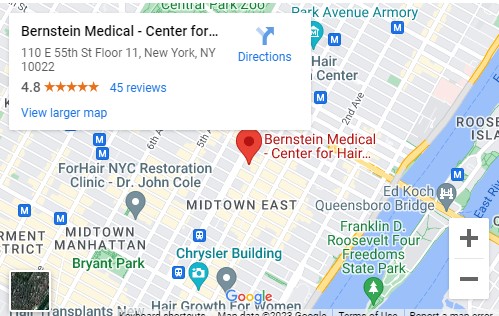Q: I understand that even if you have multiple hair transplants you will only be left with one scar in the donor area. — T.J., Yonkers, N.Y.
A: If the closure is performed without tension, each procedure should result in the same fine scar.
The best-placed incision is in the mid-portion of the permanent donor area. Since there is only one mid-point, there is one best position for the scar. All incisions should lie on this plane leaving one scar.





